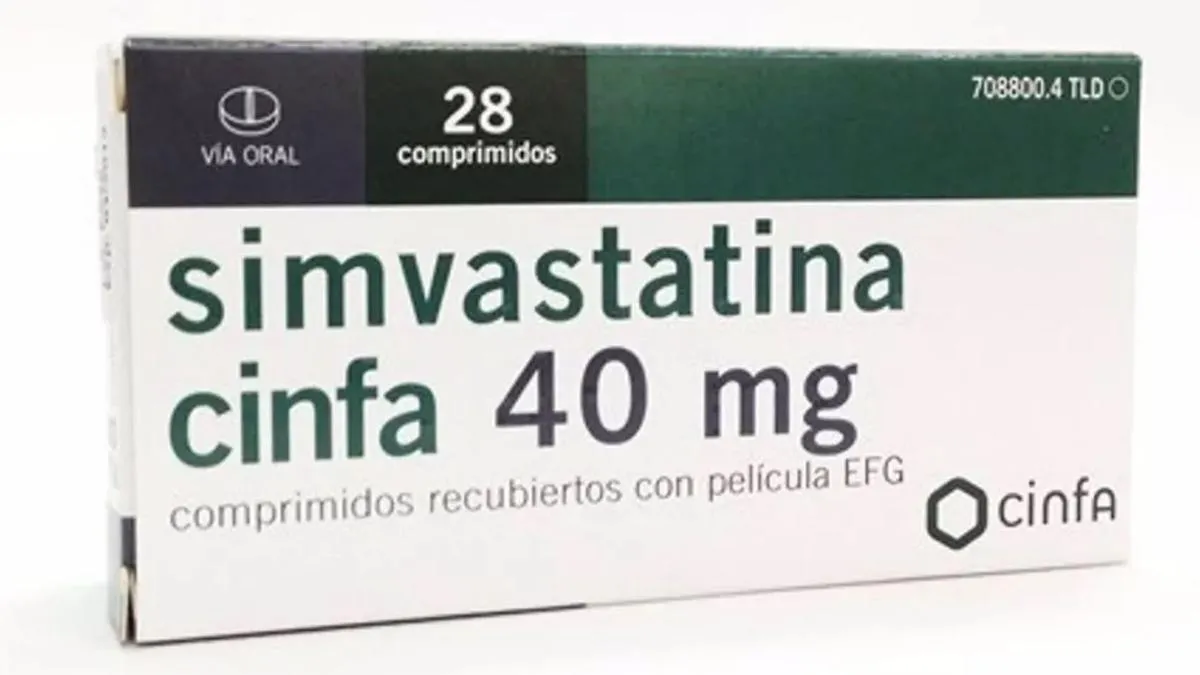Hello, in general I do not like to write in the forum because I already find it tired enough to be pending sugar to write about diabetes in the spare time, but I do it when I think I can help and without a doubt this topic I think thatIt is worth it.
I am type I diabetic for 36 years and a Doctor of Pharmacy.I also have publications in scientific journals and some research award, so I am not a rookie and I have health training.
Like the majority, many have been prescribed atorvastatin to reduce my LDL below 100 mg/ml and cardiovascular risk as marked by the famous and standardized protocol.My dose of atorvastatin has been rising over the years because, although my diet is low in saturated fats, my LDL level has remained fixed at 130 mg/ml despite raising the dose of atorvastatin.
As many have never reasonable to use a hyperglycemic medication to reduce my cardiovascular risk, which as it has been said before, is mainly the high level of blood glucose, not my lifestyle, since I have always exercisedRegularly, or my lipid profile, with a global cholesterol below the established limit and a high HDL.The studies that are regarding the hyperglycemic effect of statins indicate that Pitavastatin, another statin more modern than atorvastatin, has no hyperglycemic effect.However, since Pitavastatin has not shown to reduce cardiovascular risk such as atorvastatin, although it has a very similar power to reduce cholesterol, it is barely prescribed.In my opinion, it has not demonstrated it because a study has not been designed for this purpose, but its power to reduce cholesterol is equal to that of atorvastatin, it would not make sense that it did not reduce the cardiovascular risk, because then that would mean that theCardiovascular risk reduction does not depend on the reduction of cholesterol level.Another reason why it is prescribed less is because it is significantly more expensive.
More than 5 or 6 years ago he had certain discomforts that seemed to indicate that diabetic neuropathy suffered.I have almost always had glycosylated hemoglobins below 6, but of course, they are already 36 years of evolution, 27 of them without a sensor.I was dizzy when I stood up, I suffered tingling on my legs and arms ... however, I went to the neurologist and told me that there were certain things that did not square with a diabetic neuropathy.As a pharmacist I receive many emails from scientific publications related to medicines.A few months ago, reading some more study on statins, the neurotoxic effects of statins and neuropathy pictures were also noted in patients who have been taking statins, some diabetics, others not.In a case specifically, in which the patient was not diabetic, the symptoms (tingling in legs and arms) disappeared in the months of leaving the treatment.In my case, I left the treatment 6 months ago and most of the discomfort, mainly the tingles, have disappeared.At present, only Ezetimiba takes, which prevents the absorption of diet cholesterol and has a mechanism of action different from the statins, without acting on the endogenous synthesis of cholesterol.My current LDL level is the same, 130, just like the one I had before taking anything and then during the successive doses of atorvastatin dose.
As if that were not enough, a few days ago I read that statins, as well as acenocumarol (the famous sintrom), increase the rigidity of the arteries because they interfere in the natural mechanism of the body that prevents calcium deposits in the arteries, facilitating itscalcification.As you know, diabetics also have a trendto suffer calcification of the arteries as a result of the high level of glucose.
Eye, I don't want to say that people abandon their statin treatment.Each case is unique.But science is like that, and as knowledge progresses what is good today is bad and vice versa.Of course, it does not seem that a hyperglycemic medicine that also produces neuropathy and calcification of the arteries is ideal for a diabetic, but as always you have to study the risk-benefit relationship, and if it can be done in a personalized way for each patient better.
Take care of you


